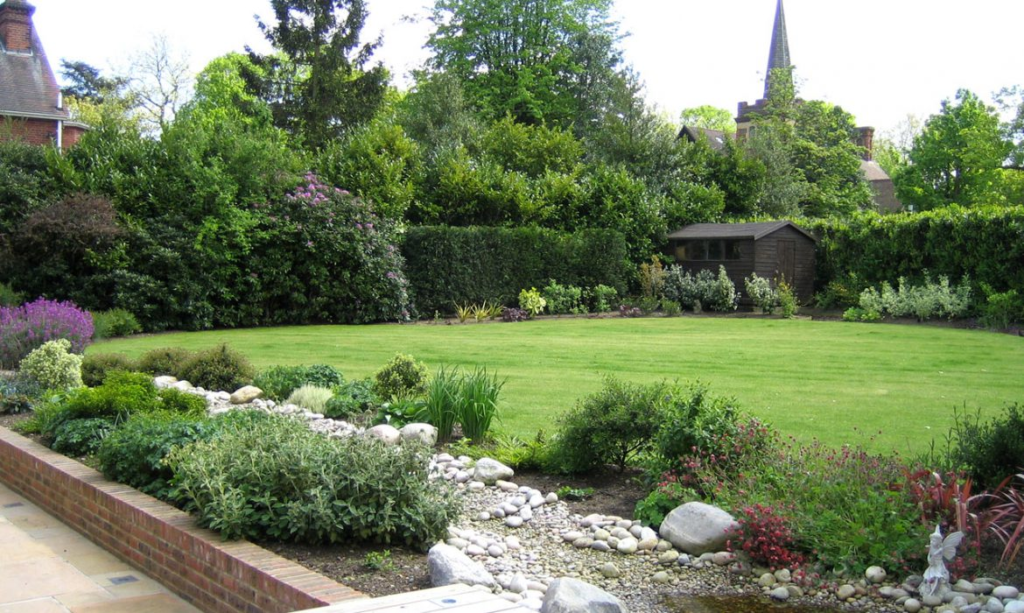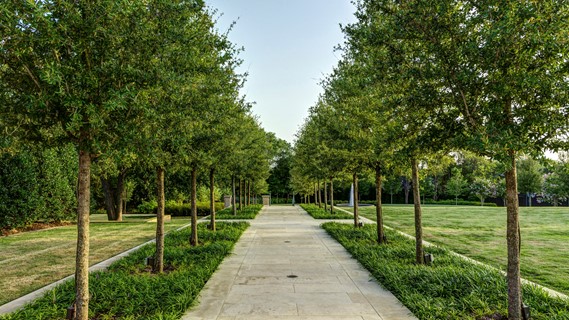Examine This Report on Hilton Head Landscapes
Examine This Report on Hilton Head Landscapes
Blog Article
3 Simple Techniques For Hilton Head Landscapes
Table of ContentsThe Main Principles Of Hilton Head Landscapes Hilton Head Landscapes - QuestionsAn Unbiased View of Hilton Head LandscapesSee This Report about Hilton Head LandscapesThe 10-Minute Rule for Hilton Head LandscapesNot known Incorrect Statements About Hilton Head Landscapes More About Hilton Head LandscapesSome Known Incorrect Statements About Hilton Head Landscapes
Form compatibility is also a major component of unity in designone or more noticeably different forms are good for comparison and focus, yet generally all various other types must have some similarities for a combined appearance. Structure describes just how coarse or great the surface area of the plant or hardscape material really feels and/or looks.
Instances of plants with crude appearance include philodendrons, agaves, bromeliads, hollies, hands, and hydrangeas. Characteristics that create fine structure include small vegetation; slim, strappy fallen leaves (turfs) or high, thin stems; little, dense branches and small branches; long stems (creeping plants); and little, fragile flowers.
The 5-Minute Rule for Hilton Head Landscapes
A lot of plants are moderate appearance, in that they can not be referred to as having either crude or great structure. They are identified by medium-sized leaves with simple shapes and smooth sides. The average-sized branches are not largely spaced neither widely spaced, and the general type is typically rounded or mounding. Medium-textured plants serve as a history to web link and merge the crude- and fine-textured plants.

To make an area really feel smaller, place the crude textures along the outer perimeter and the fine structures closest to the customer. The information of the crude texture makes the plants appear closer and makes the space feel smaller. The regarded texture of plants can also transform with the distance from the plant.
The Greatest Guide To Hilton Head Landscapes
Bold colors raise the comparison and make the texture appear coarser, while low-key colors can squash structure. Hardscape with a crude texturesuch as extremely harsh rocks and strong, large timberstends to make all plant product show up a lot more moderate distinctive. Developers commonly establish a structure study (Number 8) on paper to help decide the setup of plant products.
Color in plant product and hardscape adds passion and variety to the landscape. Shade is the most conspicuous aspect in the landscape and is usually the focus of most house owners; however, it is likewise the most short-term element, normally lasting just a few weeks a year for private plants.
Some Known Details About Hilton Head Landscapes
A basic summary of the shade wheel consists of the three primaries of red, blue, and yellow; the three additional shades (a mix of 2 primaries) of green, orange, and violet; and six tertiary colors (a mix of one adjacent main and additional shade), such as red-orange. Color concept clarifies the relationship of shades per other and how they should be used in a composition.

Similar (in some cases called unified) color pattern are any 3 to 5 shades that are adjacent on the color wheel, such as red, red-orange, orange, yellow-orange, and yellow, or blue, blue-violet, and violet (hilton head landscapers). The shades relate to each other since they generally consist of two primaries mixed to develop a second and two tertiary colors, which means they share usual residential properties
They often tend to have high comparison between them. The most common sets are violet and yellow, red and green, and blue and orange. Complementary colors are frequently found naturally in blossoms; an usual set is yellow and violet. Color is discovered in the flowers, vegetation, bark, and fruit of plants.
Hilton Head Landscapes Things To Know Before You Get This
Eco-friendly vegetation in all its various tones is the dominant shade by quantity, yet other shades record interest much more conveniently as a result of their high comparison to the color environment-friendly. Color is also discovered in buildings, rocks, pavers, wood, and furnishings. A lot of shades in natural products, such as stone and timber, are normally muted and often tend Click Here to be variations of brownish, tan, and light yellow.
Colors have residential properties that can influence feelings, spatial understanding, light high quality, equilibrium, and focus. Amazing colors have a tendency to be soothing and need to be made use of in locations for relaxation and calmness.
Hilton Head Landscapes Fundamentals Explained
The "temperature" of colors can also influence the understanding of distance. Amazing colors often tend to recede and are regarded as being further away, making a space really feel larger. Cozy shades tend to advance and are regarded as being closer, making an area feel smaller sized. Shade can also be used to catch focus and straight views.
For instance, bright yellow, which has the greatest strength, also has a high comparison with all other shades (frequently called a "pop" of color) and need to be conserved. A percentage of intense color has as much aesthetic weight as a big quantity of a more suppressed or weaker shade.
Similar (in some cases called unified) color pattern are any type of three to five shades that are surrounding on the shade wheel, such as red, red-orange, orange, yellow-orange, and yellow, or blue, blue-violet, and violet. The colors belong to each other since they typically include two main shades blended to form a second and 2 tertiary colors, which implies they share common buildings.
Not known Details About Hilton Head Landscapes
Complementary colors are often located naturally in flowers; a common set is yellow and violet. Color is located in the blossoms, foliage, bark, and fruit of plants.
Green vegetation in all its different shades is the leading shade by quantity, yet various other shades catch interest more readily due to their high comparison to the shade eco-friendly - landscapers in bluffton sc - https://sketchfab.com/h1tnhdlndscps. Color is likewise located in buildings, rocks, pavers, wood, and furnishings. A lot of colors in natural materials, such as rock and timber, are generally soft and tend to be variants of brown, tan, and light yellow
Not known Incorrect Statements About Hilton Head Landscapes
Shades have buildings that can impact emotions, spatial understanding, light high quality, balance, and focus. Cool colors tend to be relaxing and must be utilized in areas for relaxation and calmness.
The "temperature" of colors can likewise impact the perception of range. Cool shades often tend to decline and are viewed as being further away, making a room really feel larger. Cozy colors have a tendency to development and are viewed as being closer, making a room really feel smaller. Color can likewise be utilized to capture focus and straight views.
For example, brilliant yellow, which has the highest possible strength, additionally has a high comparison with all various other shades (often described as a "pop" of color) and ought to be conserved. A percentage of extreme color has as much visual weight as a large amount of an extra controlled or weak shade.
Report this page